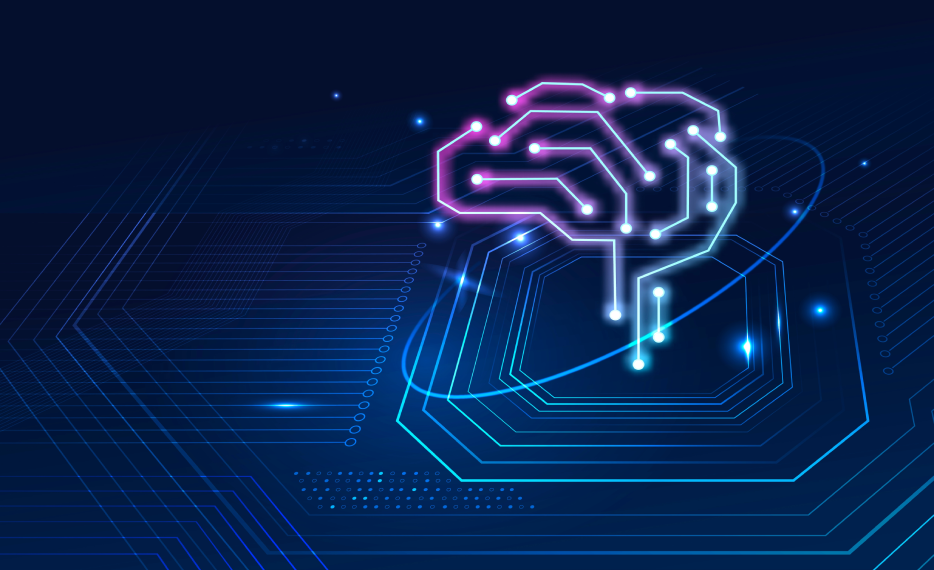As we approach the year 2022, there is no question that the rise in intelligent automation (IA) will continue to gain steam as more decision-makers see the revolutionary potential of this new technology. A crucial change we'll see as a result of this will be the recognition that only a united staff will be able to realize the full potential of a company. A united workforce is one in which people and IA - intelligent digital machines – work together as a single coherent unit rather than as separate entities.
We've now evolved beyond the fear paradigm of seeing digital labor as a danger instead of seeing it as a partner, or even a collaborator, and as a way to achieve more success in our careers. As the public's perception of digital transformation and the future of work evolves, so will the technology underpins it. There has been substantial growth in intelligent automation abilities in recent years, fueled by advances in artificial intelligence (AI) and complementing technologies, among other factors.
Furthermore, robotic process automation (RPA) has emerged as a critical platform and business enabler for artificial intelligence (AI), as businesses use AI to increase the sophistication of what can be automated and to support more complex automated interactions between digital workers and human workers, as well as between digital workers and customers.
The blend of artificial intelligence (AI) with machine learning (ML) and digital robots will allow organizations to create quicker and less expensive automation to build and execute. Throughout the year 2022, these advancements will speed up, providing new capabilities to digital robots' skill sets regularly. In addition, it will make it easier to choreograph digital robots as they spread across the organization as a result of this. As a result, automation initiatives will be scaled up quickly, allowing them to play more crucial roles in organizations.
See also: Google Pixel 6 & 6 Pro Leaked! What we know so far
Applications of Autonomous Intelligent Automation in the Business Environment
As intelligent automation grows increasingly "intelligent," we will be able to see a progressive shift in how technology is used in various ways. Vendors will be moving toward advancements such as autonomous intelligent automation (AIA), a kind of intelligent automation that may be self-defining, self-managing, and self-healing.
The boundaries between digital process automation (DPA), infrastructure as a service (iPaaS), no coding, robotic process automation, and other automation are becoming more blurred. We will witness an upsurge in the number of IA platforms that give them tools to build, manage, and control operations that employ multi-modal automation across both people and digital robots.
Although changing views and technological advancements may be on their way, what does this imply for companies is unclear? According to the following chart, intelligent automation will progressively contribute to superior business results for certain target markets and sectors. Products and services will become increasingly targeted toward certain sectors in order to achieve their strategic business objectives. These could include the following:
- Labor expenses are being reduced.
- Quality and compliance have both improved.
- Customer and staff satisfaction has been raised.
- Increased business resilience is a good thing.
Increased Adaptability In Highly Competitive Markets
It is expected that intelligent automation will continue to become more strategic in the future, emphasizing important business objectives such as competitiveness, revenue development, customer service, and market expansion.
In current years, it has been evident that intelligent automation is relevant to practically all industries; nevertheless, development is likely to be especially significant in a small number of businesses as 2022 approaches.
When it comes to intelligent automation, retail has barely scratched the surface of what is possible. Intelligent automation is a highly effective approach to enhancing sales, increasing customer engagement, and cutting expenses.
Intelligent automation will be used in manufacturing to enhance the customer experience – a trend that is already underway – and quickly adjust to regulatory changes and manage complicated supply chains, among other things.
The use of intelligent automation in healthcare has increased in recent years. The capacity of organizations to improve interoperability and back-office efficiency, provide financial stability, increase employee happiness, and, most significantly, elevate the patient experience has been acknowledged.
Utilities are poised for significant expansion in Iowa. In 2022, rising consumer demands will be accompanied by climate change adaptations, regulatory compliance, aging infrastructure, and a shrinking workforce. These are all issues that will push utility enterprises toward adopting intelligent automation throughout the year.
Developing a Digital-First Strategy
More than anything else, organizations will see the need to make intelligent automation a strategic priority in their operations. Already, tactical and quick-win automation are becoming obsolete, and firms must go farther than they are presently doing to get the greatest possible return on their investments.
The greatest degree of the challenge will be taken by organizations, orchestrating and rearranging the management of work in the future and using all business application interfaces – whether they are legacy applications, current applications, or APIs – to work towards their strategic business objectives.
Although important, the deployment and integration of digital robots into the current workforce is just half of the equation in this situation. Organizations will give greater thought to how artificial intelligence (AI) may reduce the burden of their human counterparts, allowing them to do more. Enterprises will focus on how this new unified workforce is coordinated for competitive advantage as the presence of intelligent automation inside their organization increases in importance.
In conclusion, organizations will feel less constrained by organizational structures if they entirely reimagine processes with a digital-first perspective from the ground up.
Featured image: Business photo created by rawpixel.com - www.freepik.com
Subscribe to Whitepapers.online to learn about new updates and changes made by tech giants that affect health, marketing, business, and other fields. Also, if you like our content, please share on social media platforms like Facebook, WhatsApp, Twitter, and more.

